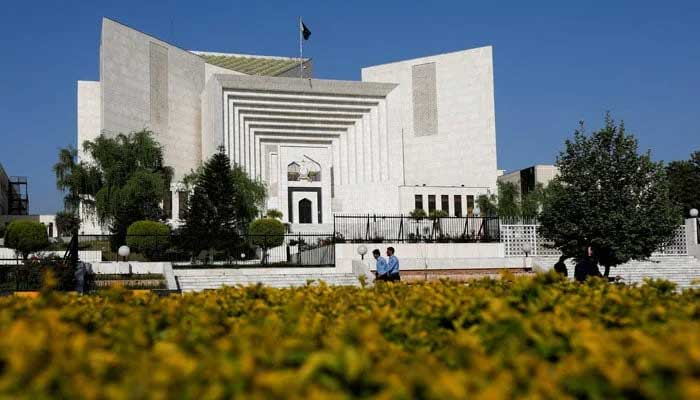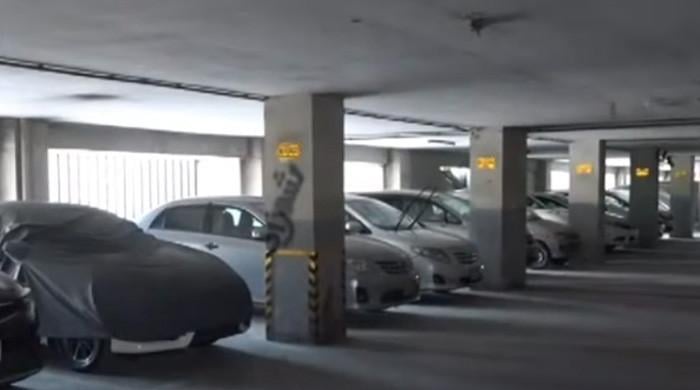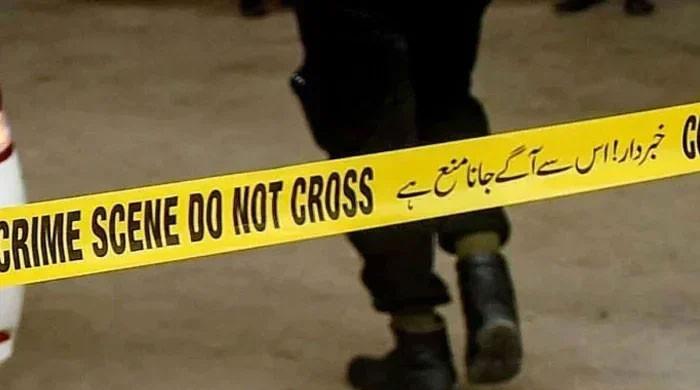Top court ordinance erodes seniority, reverses judicial gains: legal experts
Amendments are a “continuation of the government’s attempt to stifle and subdue the judiciary”, says advocate Basil Nabi Malik
September 21, 2024

KARACHI: Legal experts believe that the SC (Practice and Procedure) Amendment Ordinance is a 'bad law' that reverses the original law's intent by reintroducing subjectivity and deepening divisions within the judiciary. They are also concerned about the consequent sidelining of seniority. Some lawyers, however, see some positives in the amendment, saying that transparency and predictability in case scheduling reduces the risk of delays or preferential scheduling.
On Friday, President Asif Ali Zardari approved the Supreme Court (Practice and Procedure) Amendment Ordinance 2024. The original Act required a three-member bench (the chief justice and the two most senior judges) to decide on suo-motu cases. The amendment further modifies this by allowing the chief justice to nominate any Supreme Court judge as the third member of the bench, rather than relying solely on seniority. Just shortly after the ordinance was signed into law, Chief Justice Qazi Faez Isa nominated Justice Aminuddin Khan as the third member of the committee deciding bench formation, replacing Justice Munib Akhtar.
Reacting to the amendments in Practice and Procedure law, lawyer Reema Omer tweeted on Friday: "Clearly, this ordinance is against the reasoning in [the] SC judgment upholding [the] Practice and Procedure Act. It is also against another judgment authored by J Isa, where he held: 'Ordinances may only be promulgated in respect of emergent matters because this alone is what the constitution permits'. Changing the composition of the SC committee is clearly not an 'emergent matter'".
These amendments are a "continuation of the government's attempt to stifle and subdue the judiciary", Supreme Court advocate Basil Nabi Malik tells The News while explaining that the amendment in fact seems to "undo the very basis of the legislation itself by taking away effective power from the committee and giving it back to the chief justice."
Agreeing with Malik, high court advocate Hassan Abdullah Niazi calls the amendment "a radically insecure government’s latest ploy to undermine judicial independence". By wanting the administrative committee tasked with forming benches to be composed of the chief justice, the next most senior judge, and a judge nominated by the CJP, Niazi says the government is "practically securing a permanent majority in favour of the chief justice."
What exactly was the need for this? To Niazi, the motive seems to be "woefully transparent: to knock out Justice Munib Akhtar and replace him".
Lawyer Salaar Khan says that we are now "effectively back where we were before the [Practice and Procedure] law was passed. Now, the chief justice gets his or her own vote, and gets to choose one other person to vote with him/her. In a committee of three people that is to decide by a majority, two-thirds is an effective majority."
According to Khan, "Ordinances are meant to fill in a legislative gap in matters that require urgent attention.... If there is such an urgent situation here, it is not apparent."
According to Hafiz Ehsaan Ahmad, a Supreme Court advocate, there are some silver linings to the amendments. He tells The News that the introduction of Section 7A "will ensure transparency and predictability in court proceedings, and is perhaps the most transformative aspect where case fixation will be systematic, reducing the risk of delays or preferential scheduling of cases."
He also adds that making documented judicial proceedings of the Supreme Court publicly accessible through Section 7B "will not only increase public trust in the judiciary by providing insights into decision-making processes but will also foster a more trusting relationship between the judiciary and the public."
For Barrister Ali Tahir, the "malafides are clear". He calls the Practice and Procedure amendment the government's "Plan B" after the constitutional amendments bill did not pass. "This is bad law because the objectivity envisaged by the original Act is lost, and a nominee for the most part, will be based on the subjective opinion of the chief justice", adds Tahir.
The amendment ordinance "further exposes the divide in the Supreme Court", says Tahir, who also sees the amendment to Section 3 as "clearly purposive: this way if a majority of the committee concludes that any challenge is not made out under the command of Article 184(3) then it does not need to be put before a bench on the judicial side."
Barrister Tahir says that eventually in his opinion the amendment has a "chilling effect on judicial independence" and that a full court of the Supreme Court "can amend and impliedly repeal these changes by exercising its powers under Article 191."











